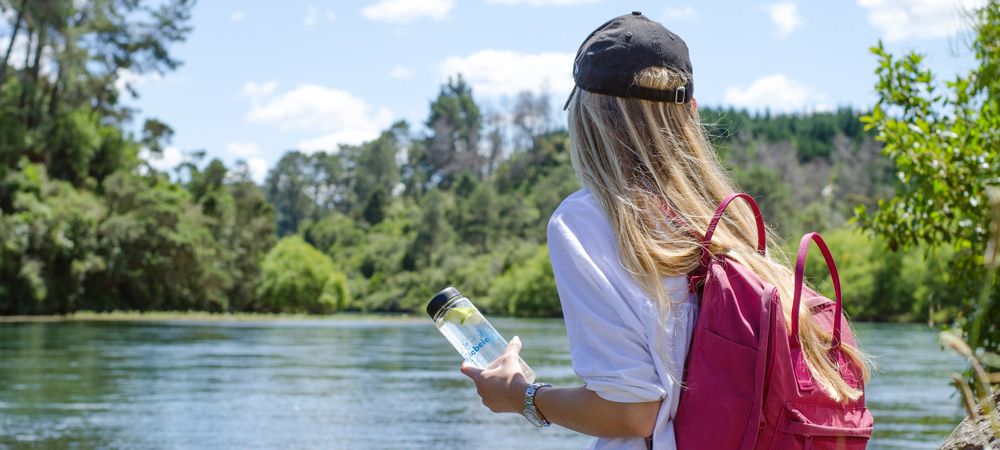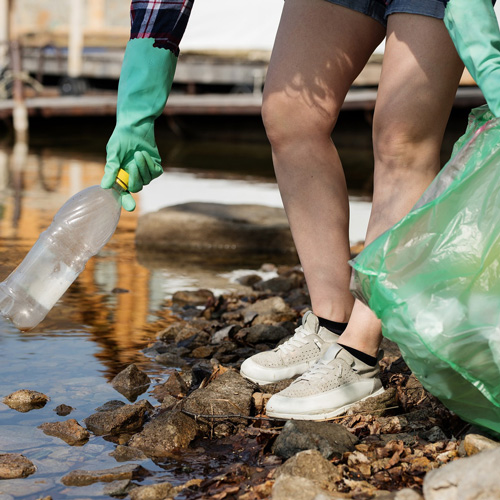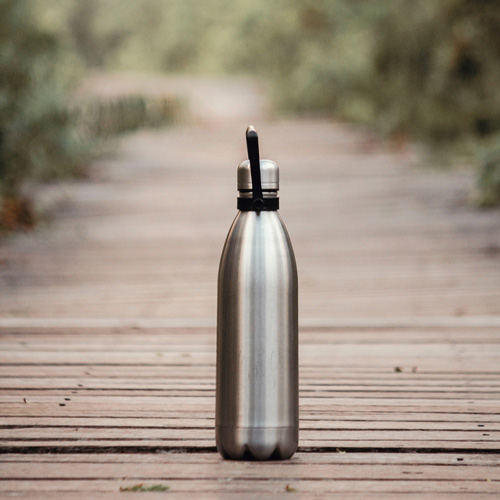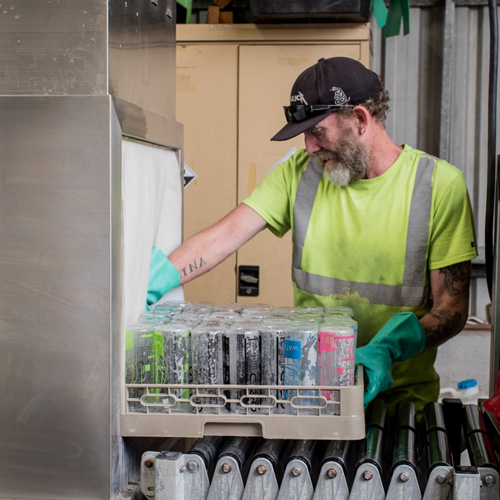
How do you Clean Reusable Water Bottles?
Whether you're commuting, going to a picnic or working at the gym, a reusable water bottle is a handy way of ensuring you get enough water throughout the day while not expending money on plastic bottles, a much better alternative for the environment and your wallet. There are countries that due to the quality of tap water, filters and/or bottled water may be the only way of obtaining safe, drinkable water, but in developed countries, as a general rule, tap water is very closely monitored from a health point of view and safe to drink every day. For those users that do so, the worry switches not to the quality of the water but to the cleanness of the bottle.
Let's be more environmentally friendly

Investing in a reusable bottle, whether it's made of stainless steel, glass, or thick plastic is a great step into cutting our plastic consumption, not only helping the environment but saving a surprising amount of money. Sadly, the trend points towards an ever big use in plastic, as in 2017 one million plastic bottles were bought around the world every minute with the number expected to jump by 20% in 2021. Plastic pollution is one of the main factors of the degradation of ecosystems, damaging at the same time wildlife and human health, and contributing to the growing problem of climate change. Knowing that 91% of plastic is not recycled and the impact microplastic is creating around the world, it is time for all of us to take action and change some of our habits and use our own water bottle in our daily life.
Bacteria in reusable water bottles?

As any object you may own, water bottles should also be cleaned regularly.
First, don’t think that just cleaning the part of the bottle that gets in contact with the mouth, you will be safe from catching any disease or sickness. As Dr. Philip Tierno, a microbiologist at New York University explains, "Bacteria tend to form a biofilm on the inside of the reusable container over time," he said in an interview. "So you need mechanical action to get rid of that biofilm that coats the inside of the bottle." This biofilm will contain many different types of bacteria that you accumulated during the day, from when you shook someone's hand, grabbed a railing or handrail in the subway, went to the bathroom, had some food,... all things you did before taking your water bottle, and not washing your hands in the meantime.
Also, make sure to properly clean your bottle, since rinsing it is not enough to eliminate this biofilm. You can find more than 300,000 colony-forming units per square centimeter (CFU/sq cm) in a bottle when not properly cleaned, which is alarming knowing that on a pet toy you only find around 2,937 CFU/sq per cm.
Some tips for cleaning your bottle

So how can you make ensure that you cleaned your bottle properly? Following these easy tips once a week and you will make your flask reusable to infinity (or close as possible!):
- Empty what's left of water: stagnant water can cause mildew and unpleasant odours. As a general rule, you should empty your bottle every day.
- Dismantle all the removable parts, the cap, the lid, the rubber, the straw...
- Clean the body and parts with hot water, if possible taking the temperature of the water up to 71 degrees to eliminate most bacteria.
- Soak the bottle in water with dish detergent or baking soda before rinsing it thoroughly. You can also use specialized cleaners, such as our Arau Baby Bottle Wash that lifts away dirt and bacteria, protecting your baby.
- Rub the inside of the container with a bottle brush (be sure that the bottle brush you use is also clean, and soak it regularly into hot soapy water or at least change it every 3 months).
- To be done once a month: fill the bottle, half with white vinegar, half with soapy water, then leave overnight before rinsing thoroughly with clear water, without forgetting the cap or the straw if there is one included.
- Some water bottles are suitable for cleaning in a dishwasher, in which case you can just wash it as any other tableware.
- Make sure that all parts are well dried before reassembling, as otherwise, it could result in the appearance of mildew, and you will have to start all over again.
Knowing these easy tips, now you are safe to keep on being hydrated all day without worrying about your reusable bottle!
- Kliknięć: 2572
